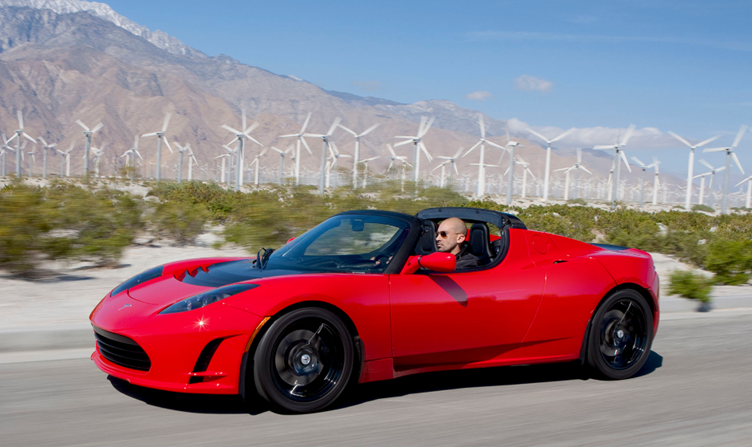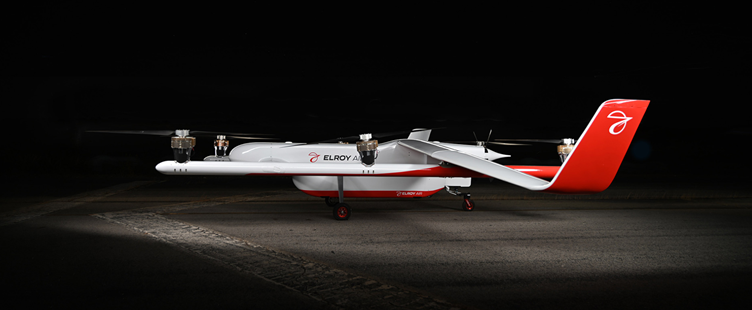Town Hall: Tesla Roadster ‘points the way for air mobility’

exc-6042115e5063427163ca7a99
The development of the Tesla Roadster, the battery electric vehicle sports car launched in 2008, points a path for the evolution of air mobility, according to Kirsten Bartok Touw, managing partner, AirFinance.
Dedicated to a process of continuous improvement, Tesla continued to improve the concept after a not very promising start, Bartok told delegates at Revolution.Aero’s Town Hall of the online meeting. “I encourage people to look at Tesla as a role model,” said Bartok. “I think that is what the markets have started to do.”
The first-generation Roadster was “truly terrible”, remembered Bartok. “I remembered riding in that thing and thinking: I can’t even fathom this [Tesla] being a great company. But they iterated, they produced and they understood the technology. To this day, there is no one out there who meets what Tesla has produced in terms of form, function and battery power – never mind battery range.”
Production of the first-generation Tesla Roadster took place in California from 2008 to 2012. Tesla CEO Elon Musk has confirmed commercial production of the second-generation Roadster – with a top speed of more than 250mph and a base price of around $200,000 – is expected to begin next year.
Production of the first-generation Tesla Roadster took place in California from 2008 to 2012
‘I think about the next 20 years’
Bartok believed predictions that autonomy would transform aviation within five years were premature. “This is a long-term horizon. Everyone talks about autonomy or VTOLs or drone delivery to be there in one, two or three years, but you can’t look at it like that – it’s a progression, a step function. So, I think about the next 20 years when autonomy is really going to come in.”
Addressing the Town Hall meeting called ‘Cars, planes, flying taxis – which will go autonomous first?’, Bartok said: “Obviously, we are going to see autonomy early on the drone side – whether that’s remotely piloted or making decisions to sense and avoid.”
Two different development models would be remotely piloted vehicles and vehicles loaded with sensors, AI and machine learning to enable them to take avoiding action on their own. “You are going to see this autonomy sooner in the UAV function – the non passenger vehicles.”
At the same time, Bartok predicted significant progress in development of piloted aircraft in the fields of task removal and pilot assist.
Cars, drones and passenger vehicles are all on “a unique path of progression” and all will be regulated in different ways. But developing autonomous vehicle capability in the air for cargo delivery would make the most rapid progress.
Aiming to supply the market for autonomous cargo-delivering drones was fellow panellist David Merrill, co-founder & CEO, Elroy Air. The company’s autonomous VTOL cargo aircraft, called Chaparral, was designed to deliver a payload of 250-500lbs (100-225kg) over 300 miles (500 km) range. “We are creating an air cargo network that does not require airport infrastructure or roads,” Merrill told Town Hall delegates.
‘Double black diamond safety case’
“For cargo, it’s a different problem space, which is much easier than piloted or unpiloted air taxi for passengers,” he added. Merrill referred to passenger transport missions as the “double black diamond safety case” because it involved flying “the most precious cargo of people” over densely populated metropolitan areas. “Whereas we’ve got a system of a similar scale, but nobody is on board,” said Merrill. “And the type of routes we can set up for – aiding this middle mile segment of logistics – can be much lower risk. They can be in rural areas expanding that footprint of express logistics.”
Meanwhile, earlier this year, Bartok joined Dennis Muilenburg, former CEO of Boeing, and other business leaders to launch a new Special Purpose Acquisition Company (SPAC), or blank check company called New Vista Acquisition Corp. The company filed with the US Securities and Exchange Commission (SEC) to raise $200m in an initial public offering to fund plans to invest in Fourth Aviation Revolution companies.
Revolution.Aero’s Town Hall online meeting took place on March 3rd. Joining Bartok on the panel were: Arne Stoschek, project executive, Wayfinder, Acubed by Airbus and Patrick McGee, San Francisco correspondent, Financial Times. You can watch the Town Hall here:








